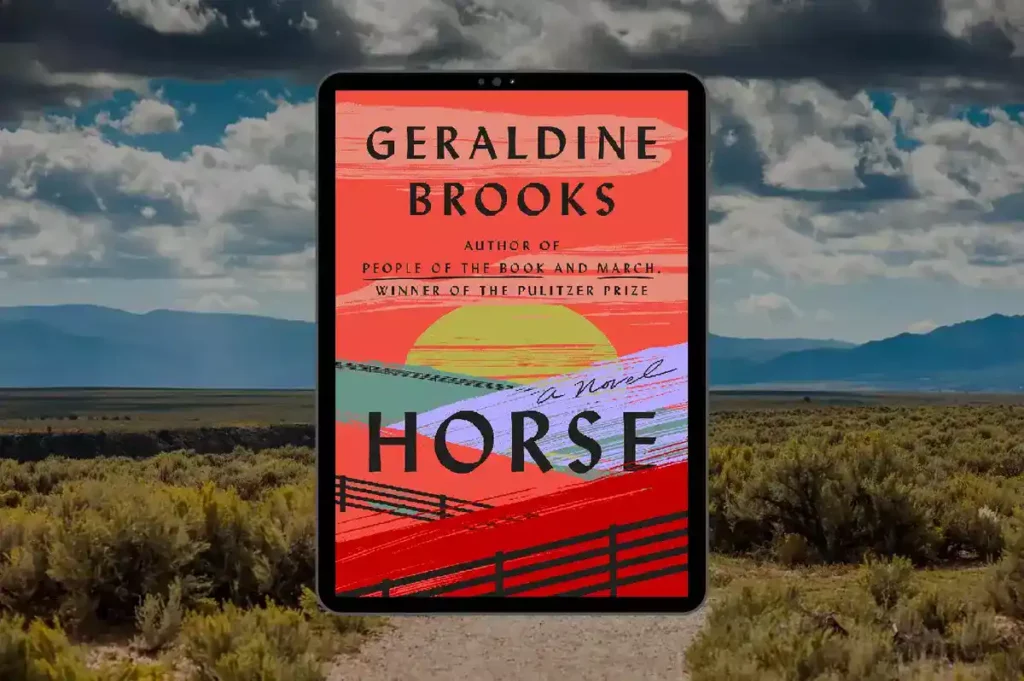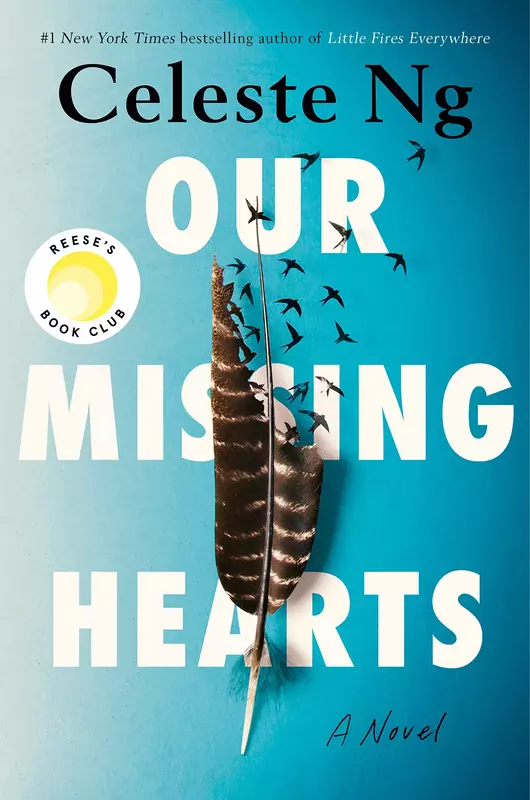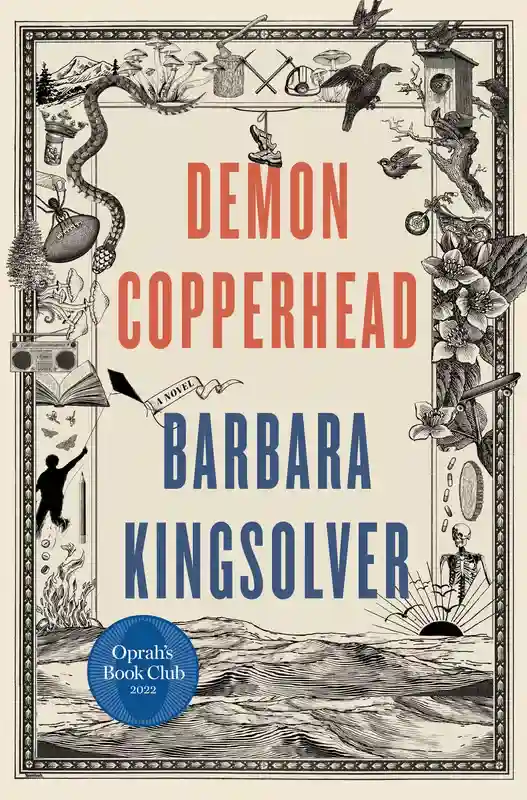
Book club questions for Horse by Geraldine Brooks delve into the complexities of American history and the human spirit.
The novel explores the bond between a discarded painting, a skeleton in an attic and the greatest racehorse in American history, Lexington. Following the journey of an enslaved groom, a Union soldier and a gallery owner, the story delves into the themes of obsession, injustice, and the impact of human actions on the world.
Horse is a must-read for book clubs and literature enthusiasts alike. Based on true events, the novel is a Pulitzer Prize winner and will make you reflect on their own experiences and the impact of human actions on the world.
The Synopsis
A discarded painting in a junk pile, a skeleton in an attic, and the greatest racehorse in American history: from these strands, a Pulitzer Prize winner braids a sweeping story of spirit, obsession, and injustice across American history.
Kentucky, 1850. An enslaved groom named Jarret and a bay foal forge a bond of understanding that will carry the horse to record-setting victories across the South. When the nation erupts in civil war, an itinerant young artist who has made his name on paintings of the racehorse takes up arms for the Union. On a perilous night, he reunites with the stallion and his groom, very far from the glamor of any racetrack.
New York City, 1954. Martha Jackson, a gallery owner celebrated for taking risks on edgy contemporary painters, becomes obsessed with a nineteenth-century equestrian oil painting of mysterious provenance.
Washington, DC, 2019. Jess, a Smithsonian scientist from Australia, and Theo, a Nigerian-American art historian, find themselves unexpectedly connected through their shared interest in the horse—one studying the stallion’s bones for clues to his power and endurance, the other uncovering the lost history of the unsung Black horsemen who were critical to his racing success.
Based on the remarkable true story of the record-breaking thoroughbred Lexington, Horse is a novel of art and science, love and obsession, and our unfinished reckoning with racism.
Book Club Questions for Horse
1. On page 28 (Theo, Georgetown, Washington, DC, 2019), Theo reflects that depictions of horses are among the oldest art humans created. The book’s epigraphs reflect on the significance of Lexington — in his day, an even bigger celebrity than Seabiscuit or Secretariat. Discuss the enduring human fascination with horses. Do they move you more than other animals? If so, why?
2. Theo and Jess are both obsessed with their rarefied fields of expertise. Does the author manage to convey why these unusual careers can be so compelling? If so, how?
3. Jarret’s connection with horses is presented as stronger than his bonds with people. How does his love for and dedication to Lexington help or hamper his coming of age and his transformation over the course of the novel?
4. Horseracing in the mid-19th century was very different to its modern iteration. What surprised you? Do you think horseracing today takes adequate care for the well-being of equines?
5. On p. 71 (Thomas J. Scott, The Meadows, Lexington, Kentucky, 1852), Scott writes, “[We] who think we are above enslaving our fellow man are corrupted. Only show us absolute agency over the apt and the willing, and suddenly we find the planters’ obduracy that much less odious. I must guard against the rank seductions of this place.” How does the author draw out the similarities and differences between Northern and Southern attitudes in this era through Thomas J. Scott, a practiced observer who moves between the regions?
6. Several historical figures appear in the novel, among them the emancipationist newspaper publisher Cassius Clay and his daughter, the suffragist Mary Barr Clay. What are Cassius Clay’s arguments for emancipation to the Warfield family? Do you see the roots of what would become Mary Barr Clay’s passion for the women’s suffrage movement in the way she is portrayed in her youth? What are their respective strengths and limitations? How do novels make historical figures come alive for us beyond what we might find in a work of nonfiction?
7. Martha Jackson was a real American gallery owner and art collector. Discuss her portrayal in HORSE and what her relationship to the painting of Lexington conveys about her character. What does her storyline contribute to the novel’s themes? What did her chapters reveal to you about America in that era, and did you notice any similarities between the art world of the mid-20th century and the horse racing economy of a century prior?
8. Referring to the Civil War on p. 87 (Jess, Smithsonian Museum of Natural History, Washington, DC, 2019), Jess says, “Not my war […] Unless you call Australia the very Deep South.” Theo is also not American. Nevertheless, they’re both forced to reckon with the legacy of slavery — particularly Theo, who encounters racism in his daily life. How does this affect their relationship? What does the novel reveal about the way history shapes our present moment?
9. Discuss Theo and Jess’ relationship. What do you think attracts them to one another despite their differences? What do they learn from each other?
10. Examine Jess’ conversation with Daniel in the aftermath of what happens to Theo at the end of the novel. What did you make of Daniel’s assessment of the situation? Do you share his point of view?
Additional Recommendations
Our Missing Hearts by Celeste Ng

Twelve-year-old Bird Gardner lives a quiet existence with his loving but broken father, a former linguist who now shelves books in a university library. His mother Margaret, a Chinese American poet, left the family when he was nine years old without a trace. Bird knows to not ask too many questions, stand out too much, or stray too far. For a decade, his family’s life has been governed by laws written to preserve “American culture” in the wake of years of economic instability and violence. To keep the peace and restore prosperity, the authorities are now allowed to relocate children of dissidents, especially those of Asian origin, and libraries have been forced to remove books seen as unpatriotic.
Bird has grown up disavowing his mother and her poems; he doesn’t know her work or what happened to her, and he knows he shouldn’t wonder. But when he receives a mysterious letter containing only a cryptic drawing, he is pulled into a quest to find her. His journey will take him back to the many folktales she poured into his head as a child, through the ranks of an underground network of librarians, into the lives of the children who have been taken, and finally to New York City, where a new act of defiance may be the beginning of much-needed change.
Our Missing Hearts is an old story made new, of the ways supposedly civilized communities can ignore the most searing injustice. It’s a story about the power—and limitations—of art to create change, the lessons and legacies we pass on to our children, and how any of us can survive a broken world with our hearts intact.
Demon Copperhead by Barbara Kingsolver

From the acclaimed author of The Poisonwood Bible and The Bean Trees, a brilliant novel that enthralls, compels, and captures the heart as it evokes a young hero’s unforgettable journey to maturity
Set in the mountains of southern Appalachia, Demon Copperhead is the story of a boy born to a teenaged single mother in a single-wide trailer, with no assets beyond his dead father’s good looks and copper-colored hair, a caustic wit, and a fierce talent for survival. Relayed in his own unsparing voice, Demon braves the modern perils of foster care, child labor, derelict schools, athletic success, addiction, disastrous loves, and crushing losses. Through all of it, he reckons with his own invisibility in a popular culture where even the superheroes have abandoned rural people in favor of cities.
Many generations ago, Charles Dickens wrote David Copperfield from his experience as a survivor of institutional poverty and its damages to children in his society. Those problems have yet to be solved in ours. Dickens is not a prerequisite for readers of this novel, but he provided its inspiration. In transposing a Victorian epic novel to the contemporary American South, Barbara Kingsolver enlists Dickens’ anger and compassion, and above all, his faith in the transformative powers of a good story. Demon Copperhead speaks for a new generation of lost boys, and all those born into beautiful, cursed places they can’t imagine leaving behind.
Happy reading! ❤️